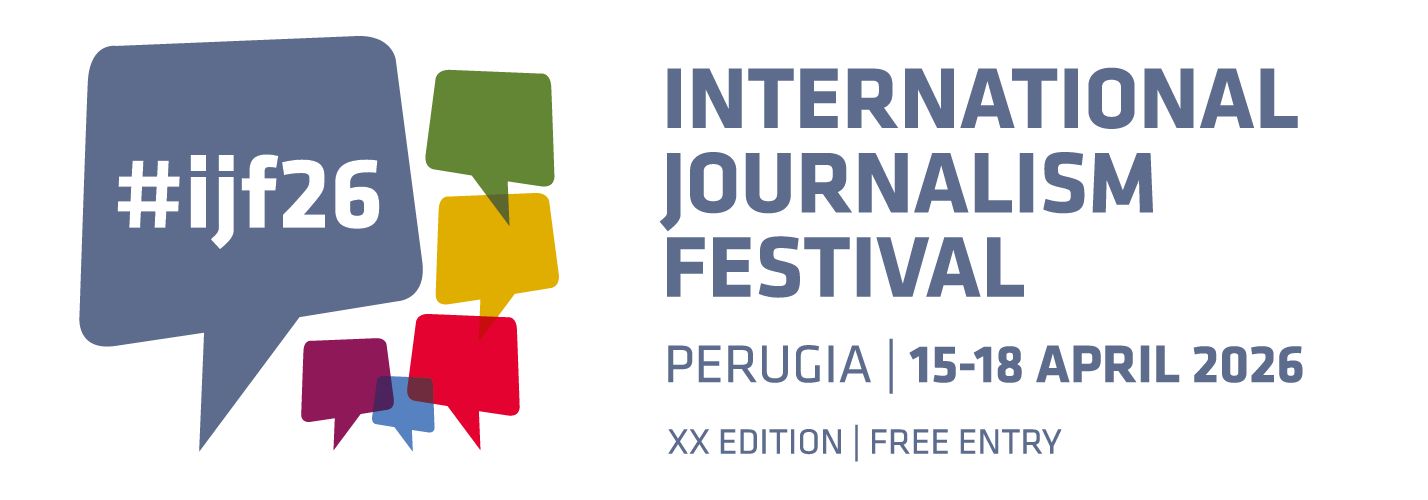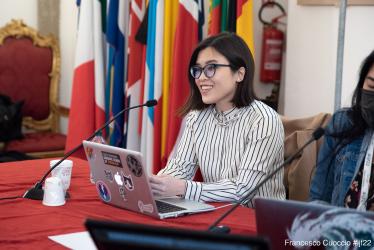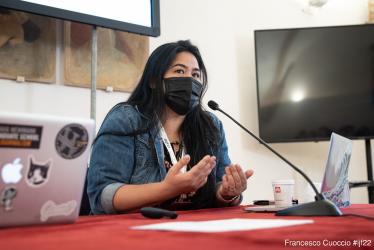In early 2020, a pandemic brought the world to a standstill. By summer, the quiet had erupted. All eyes were on Minnesota following the killing of George Floyd by Minneapolis police. That attention, and the protests and conversations that followed, prompted an international reckoning with the systemic racism that has always shaped people’s everyday experiences.
The reckoning—a reexamination of who holds power, what abuses have transpired, and what opportunities have been lost—has coursed its way through every industry, including journalism. This comes more than 50 years after the National Advisory Commission on Civil Disorders, more commonly known as the Kerner Commission, called out the media’s lack of diversity and complicity in maintaining systems of oppression: “Along with the country as a whole, the press has too long basked in a white world…The painful process of readjustment that is required of the American news media must begin now.”
Newsrooms must own up to and address the institutionalized racism that has framed their communities, coverage, and workplaces for generations. There must be an embrace of deep listening, a willingness to get uncomfortable, and a full-throated commitment to anti-racism work and the principles of justice, diversity, equity, and inclusion (JEDI) both in the newsroom, as well as outside the newsroom when engaging the communities they serve.
Led by Canadian Journalists of Colour co-founder Anita Li and Southern California Public Radio vice president Ashley Alvarado, who chaired her organization’s DEI task force, this session will provide you with practical tools and resources to bring back to your respective newsrooms. We will share frameworks used in North American newsrooms for engaging underrepresented communities, including listening sessions, community advisory boards, audience surveys, and more.
Organised in association with Online News Association.










